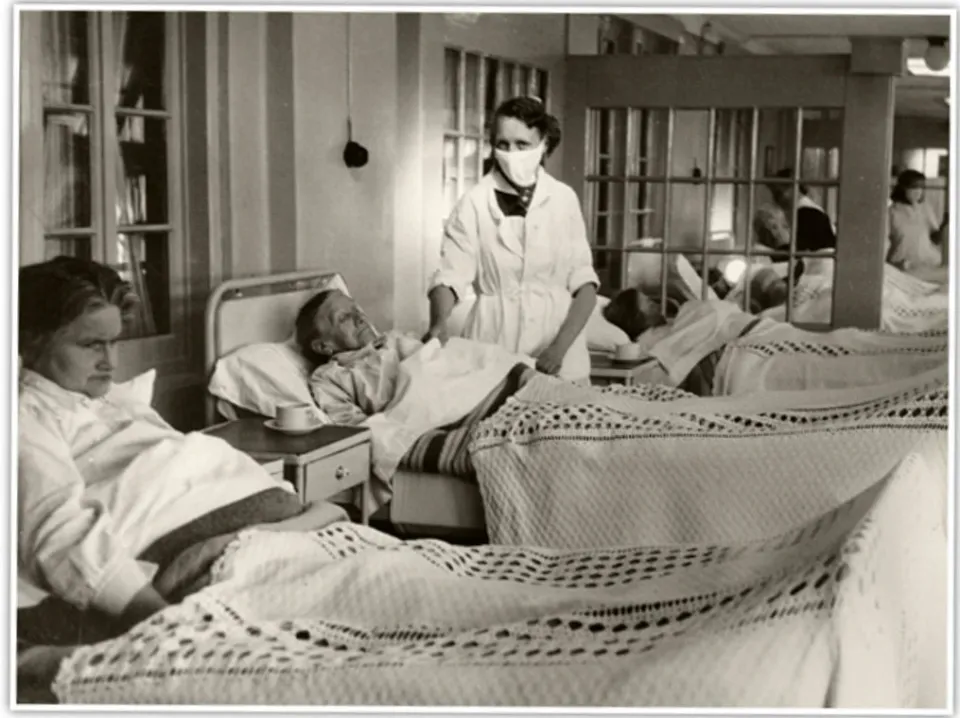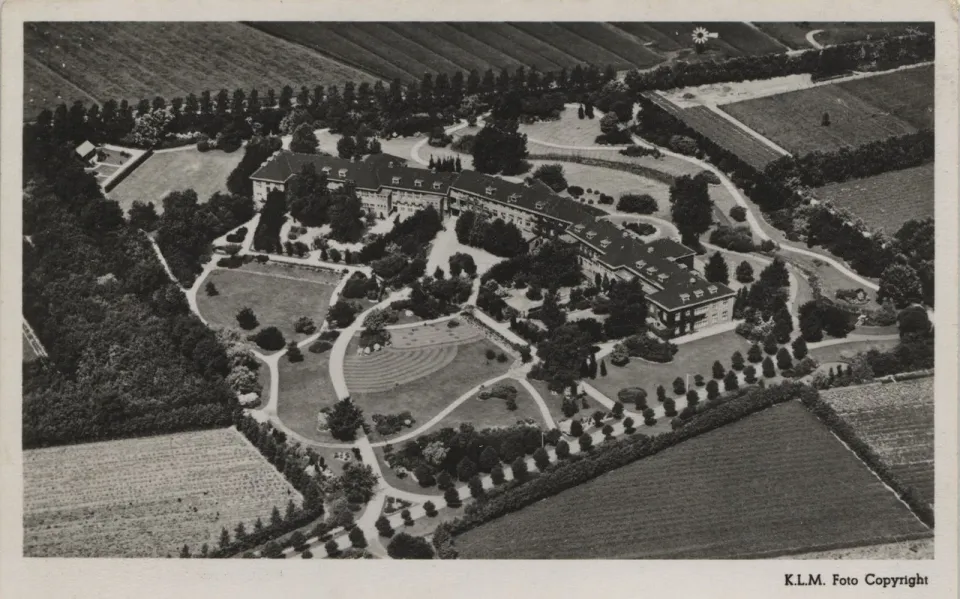Locations
889 to 912 of 5395 results
-
E-bike oplaadpunt - Eetcafé De Fluessen
E-bike oplaadpunt - Eetcafé De Fluessen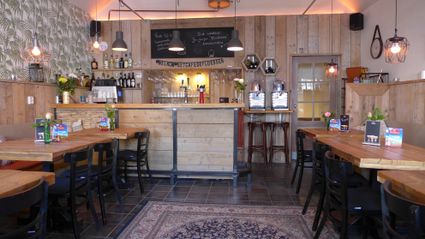 Elahuizen
Elahuizen
from your location
-
Blessebrugschans
Blessebrugschans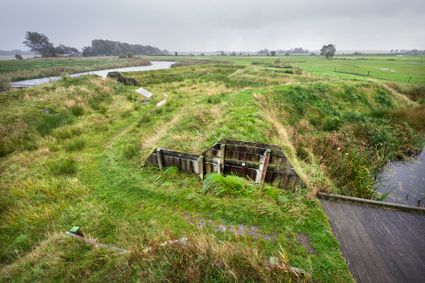 De Blesse
De Blesse
from your location
-
Camping De Wilhelminahoeve
Camping De Wilhelminahoeve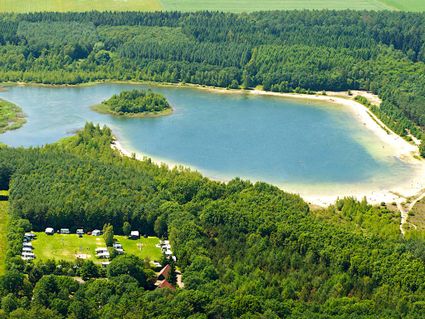 Elsloo
Elsloo
from your location
-
't Oerd
't Oerd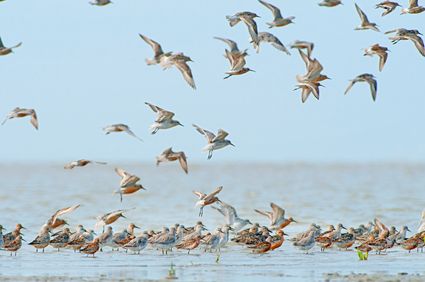 Buren
Buren
from your location
-
Vakantievilla 'de Sinneblom'
Vakantievilla 'de Sinneblom'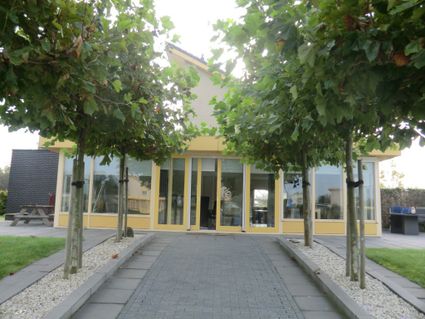 Koudum
Koudum
from your location
-
Lunchroom Tramhalteplein
Lunchroom Tramhalteplein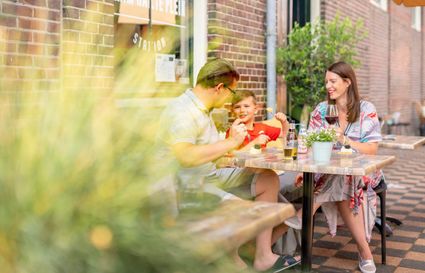 Noordwolde
Noordwolde
from your location
-
Ryptsjerksterpolder - Uitzichtplateau
Ryptsjerksterpolder - Uitzichtplateau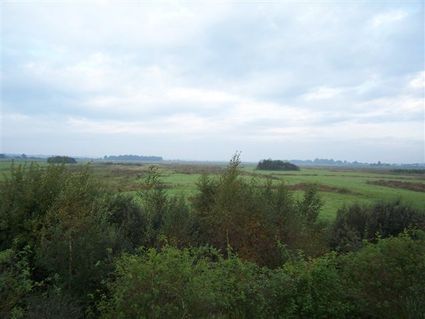 Ryptsjerk
Ryptsjerk
from your location
-
Streetfishing in Sneek
Streetfishing in Sneek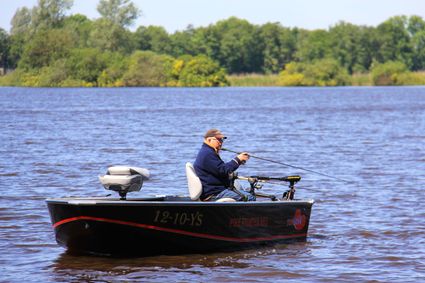 Sneek
Sneek
from your location
-
Camping Stoker - Farm Campsite
Camping Stoker - Farm Campsite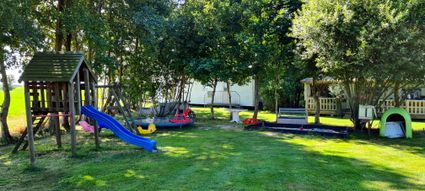 De Veenhoop
De Veenhoop
from your location
-
Villa Romsicht
Villa Romsicht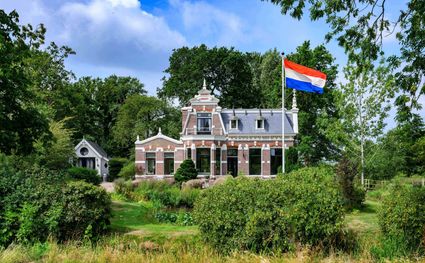 Heeg
Heeg
from your location
-
Kitchen workshop Flang in de Pan
Kitchen workshop Flang in de Pan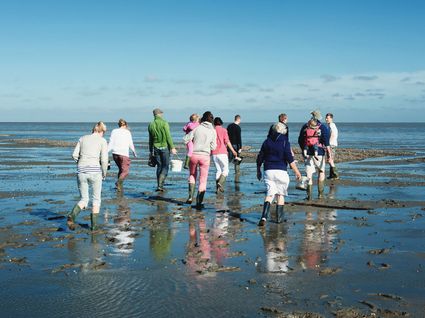 Terschelling
Terschelling
from your location
-
Sondrio
Sondrio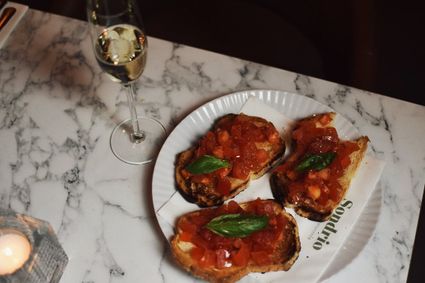 Drachten
Drachten
from your location
-
Feather Down Hoeve Meskenwier
Feather Down Hoeve Meskenwier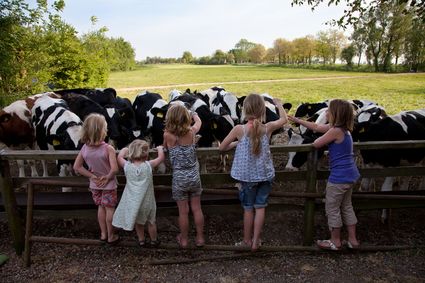 Akkrum
Akkrum
from your location
-
Beach Resorts Makkum - Beachvilla 8 persoons
Beach Resorts Makkum - Beachvilla 8 persoons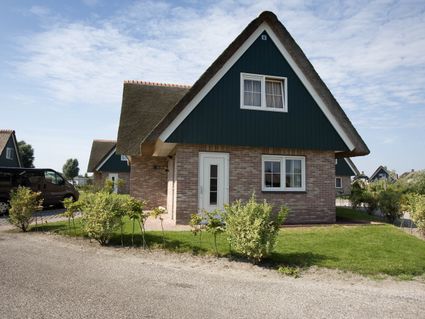 Makkum
Makkum
Direct boekbaar
from your location
-
Plaza Padel Sneek
Plaza Padel Sneek Sneek
Sneek
from your location
-
Camping Zee van Tijd
Camping Zee van Tijd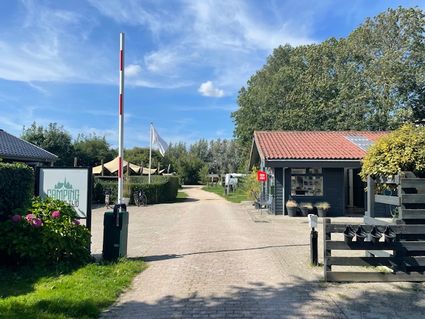 Holwert
Holwert
from your location
-
Agneskerk Goutum
Agneskerk Goutum Goutum
Goutum
from your location
-
Pleats Klyndobbe
Pleats Klyndobbe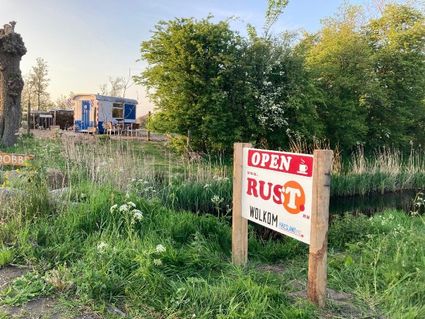 Feanwalden
Feanwalden
from your location
-
Wadloper
Wadloper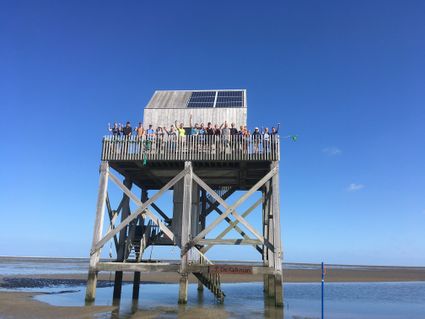 Lauwersoog
Lauwersoog
from your location
-
Psychiatrische zorg in oorlogsomstandigheden
Psychiatrische zorg in oorlogsomstandigheden
Het Psychiatrisch Ziekenhuis (de PZ) in Franeker was en is een begrip in Friesland. Tijdens de bezetting moest het, naast de achthonderd eigen patiënten, ook bewoners van twee andere instellingen onderdak bieden. De bezetters hadden hun gebouwen gevorderd. Ook andere oorlogsslachtoffers, waaronder evacués uit Limburg, werden opgevangen en verzorgd. En was de TBC-afdeling een ideale plek voor onderduikers.
In de laatste oorlogsmaanden voorzien de keukens van het ziekenhuis al die mensen, en ook nog een groot deel van de Franeker bevolking, van eten.
In 1930 is ten westen van de stad een gloednieuwe en moderne huisvesting verrezen, Groot Lankum genaamd. Het oude onderkomen in de binnenstad (het “Binnengesticht”) blijft daarnaast ook in gebruik. De behandeling van psychiatrische aandoeningen staat nog in de kinderschoenen, medicijnen zijn er nog niet. Patiënten liggen de hele dag in bed, niets te doen.
Het ziekenhuis heeft een TBC-afdeling, die vanwege het besmettingsgevaar geïsoleerd is van de rest van het gebouw. Dat maakt het een perfecte onderduikplaats, de bezetter staat niet te trappelen om daar te controleren . . .
Het is februari 1943 als de Duitsers het Psychiatrisch Ziekenhuis Vogelenzang in Bennebroek vorderen. 369 Patiënten en 100 medewerkers moeten weg en worden met treinen naar Franeker overgebracht. De Franeker patiënten uit het Binnengesticht verhuizen naar de grote zolderverdieping van het nieuwe Groot Lankum, om plaats te maken voor de gasten. De ruimte is veel te krap, maar er is geen keuze.
Als de geallieerde opmars het zuiden van Nederland bereikt, stagneert het front en is vooral de provincie Limburg een tijdlang strijdgebied. Bewoners moeten worden geëvacueerd. In januari 1945 arriveert een trein vol mensen uit Roermond en omgeving na een barre reis verzwakt en hongerig in Franeker. Voordat ze kunnen worden ondergebracht bij gastgezinnen in de omliggende dorpen, worden ze door de medewerkers van de PZ verzorgd en van eten voorzien. Zieken worden opgenomen in het toch al overvolle ziekenhuis.
Alsof het allemaal nog niet moeilijk genoeg is, komen er op 27 maart 1945 ook nog eens 528 patiënten met hun verplegers van het Psychiatrisch Ziekenhuis Dennenoord uit Zuidlaren bij. De panden daar moeten op last van de bezetters op stel en sprong worden ontruimd, want er moet een Duits noodhospitaal in worden gevestigd. De keukens van de PZ moeten alle zeilen bijzetten om de vele monden te voeden. Gelukkig is men eerder al begonnen met het verbouwen van grote hoeveelheden groenten op de terreinen en worden er veertig varkens gehouden voor de vleesbehoefte. Boeren uit de omgeving leveren aardappelen en rapen. Per dag gaat er 3600 kilo aan aardappelen doorheen.
In de allerlaatste dagen voor de bevrijding van Franeker, die uiteindelijk op 15 april plaatsvindt, komt er nog een Duitse order om de PZ te ontruimen, om plaats te maken voor gewonde Duitse soldaten. Maar zover komt het niet meer, de Canadese bevrijders zijn al in aantocht en de bezetters vertrekken halsoverkop.
Een televisiedocumentaire van Omrop Fryslân (deels Friestalig) over de PZ in oorlogstijd ziet u hier.
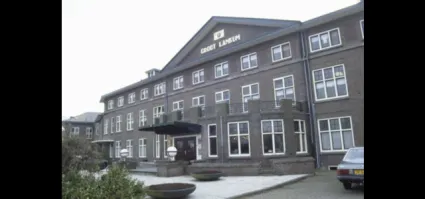 Franeker
Franeker
from your location
-
-
Gastenverblijf Lânlibben
Gastenverblijf Lânlibben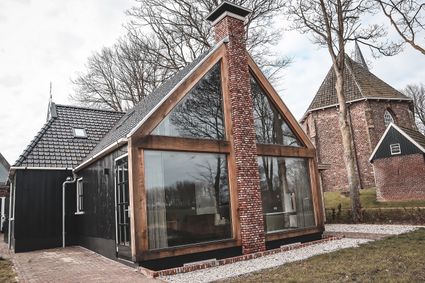 Lioessens
Lioessens
from your location
-
De Houtwiel - Vogelkijkpunt
De Houtwiel - Vogelkijkpunt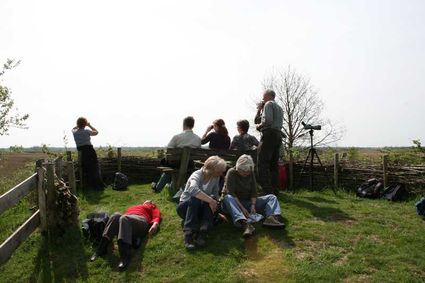 Broeksterwald
Broeksterwald
from your location
-
The liberation of Friesland
The liberation of Friesland
By 18 April, the whole province of Friesland had been liberated, except for the Wadden Islands. Compared to other provinces, there was little fighting in Friesland. Overall, the few thousand German troops who had been unable to escape from Friesland were defeated by the Canadians relatively quickly.
The commander of the Royal Canadian Dragoons, Lieutenant Colonel Landell, praised the actions of the resistance by stating that "Friesland liberated herself". While that may be a bit of an exaggeration, the actions of the Frisian resistance undoubtedly accelerated the liberation. And reduced the number of casualties on the Allied side.
At least 31 resistance fighters lost their lives in confrontations with German troops and their Dutch accomplices. At least eleven Canadians and one Frenchman were killed on the Allied side. Dozens of civilian victims were also killed in the fighting and shelling. The number of casualties on the German side is not known, but it is believed that the number ran into hundreds. With 320 destroyed and 4000 damaged homes and 80 destroyed bridges, Friesland was materially the least damaged province of the Netherlands.
Many German soldiers fled towards the western part of the country. The retreating German troops gathered mostly in Harlingen, Makkum and Lemmer. From there, they tried to get away by boat across the IJsselmeer or via the Afsluitdijk to North Holland. The Wadden Islands also became a refuge for collaborators and German soldiers. Here, liberation was longer in coming.
On the island of Terschelling, the last German troops were disarmed by a British artillery regiment on 29 May. Two days later, the British crossed from Terschelling to Vlieland, and the liberation of that island was also a fact. Ameland was liberated on 3 June.
Personnel from the infamous Scholtenhuis, the SD headquarters in Groningen, had entrenched themselves on Schiermonnikoog. After their departure on 31 May, there was a celebration on the island, in spite of the six hundred members of the occupying troops who still were there. Only on 11 June did the last German soldiers leave Schiermonnikoog, and then the whole province of Friesland was free.
Most Canadian units that had liberated Friesland continued the battle in Groningen and North Germany after 18 April. Their war ended on 8 May 1945, when the surrender of all German armed forces became effective.
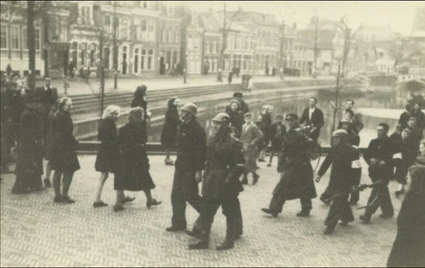 Eanjum
Eanjum
from your location
-
-
Rustpunt it Bûthús
Rustpunt it Bûthús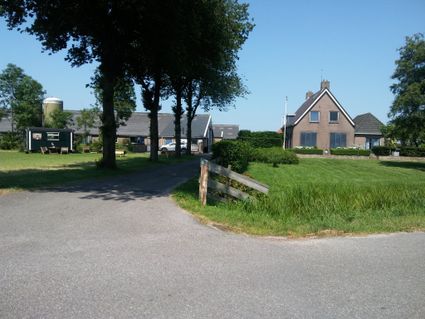 Sintjohannesga
Sintjohannesga
from your location

